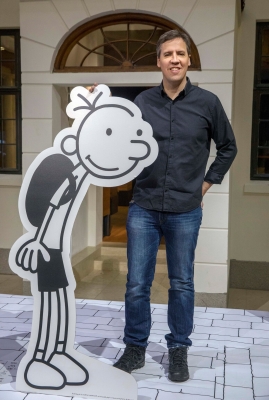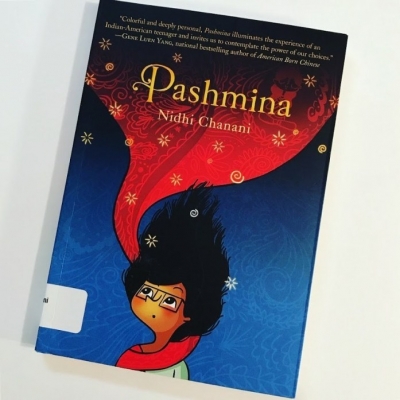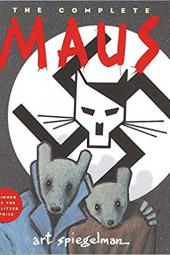
Now Lets start counting on our fingers. she is a management graduate from XLRI. She has been Creative Director with top advertising agencies. She has written for magazines across the world. She is currently co-building an app. And in the middle of all this, she Loves writing books! Meet Jane De Suza, the Singapore-based, multi-talented writer of the SuperZero series, Uncool, The Spy Who Lost Her Head and, the most recent, Flyaway Boy.
Stepping into writing
As an only child, growing up in the town of Jamshedpur, Jane made up stories constantly in her head and (believe it or not) in the margins of her textbooks! “That won me the Love of friends and the dismay of teachers. My parents had loads of books, and when I’d, read all mine, I started on theirs. And when I’d react theirs, 1 started writing my own,” she says, about her journey into the world of writing.
The Writer’s Routine
Jane admits that she isn’t the sort who can sit and churn out the daily 1000 words. ‘The churn shows,” she says, “it produces stoic, sludge writing. I’ve only ever started a book when the idea or character is unique enough to Leap out at me. And then the story writes itself. I start writing manically for hours at a stretch, oblivious to the pings from, either phone or pressure cooker.” She gets her first draft out in a fever, and Later rewrites it many more times.
Writing like Jane De Suza
Jane believes that ideas can strike at any moment. And that as a writer, you must always be prepared. So jot down these tips quickly!
Ideas are like sudden storms. Carry a pen and napkin (that you won’t blow your nose on Later and fling out). if a tune inspires you, hum it into your phone. If its an image of an upside down crow in a puddle, click the pic. Labels on bottles, lines from a book – write down anything you can build on Later.
* Start a chat with people – auto-drivers, hair dressers, grandparents, cobblers who are fixing your shoe. Walk around,. Eavesdrop. Put your phone away if you’re alone in a cafe or street, and look at people around. What’s the couple fighting about, you think? is it a boyfriend, brother, boyfriend’s brother? Aha,-story idea emerging, huh?
* Look at the world from someone else’s point of view. Argue against your own, beliefs. write from the perspective of a tree about to be cut down, or a dog with no home, or a man who cannot remember. * Write when completely alone. That’s why the best ideas hit in the loo. The only one I’d allow around, me while writing was Marco, my dog.
* I write best at night, when everyone’s asleep and, my imagination, has the world to romp around, in. I go back and edit in the mornings, in the clear Light of day.
* Talk to your characters, talk as your characters. Talk aloud. Make their conversations real.
* Write if you love to, not because you want to be rich, or famous. And don’t write a me-too book because someone else who wrote it, is now rich and famous. Find, your own voice (it may take months/years of rewrites). Write a story that no one else in the world, but you, can.
Jane De Stint’s books
For mid-school readers:
- The SuperZero series: SuperZero, SuperZero and the Grumpy Ghosts , SuperZero and the Clone Crisis
- Uncool
- Flyaway Boy
For YA/adults:
- The Spy Who Lost Her Head
Bet you didn’t know that
- Jane cuts off heads and ears and, chins; relax, she takes terrible selfies!
- Jane went through about 25 career options while growing up and still does!
- Jane’s sense of humour often gets her into trouble!
Picture Credit : Google





